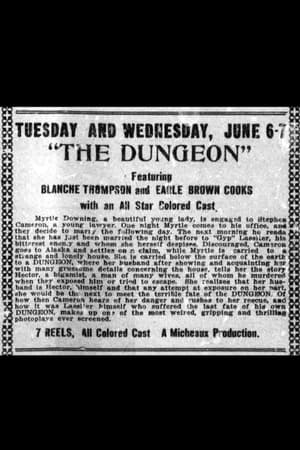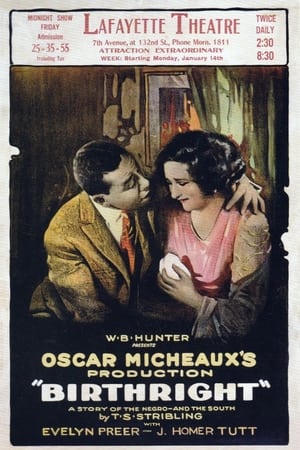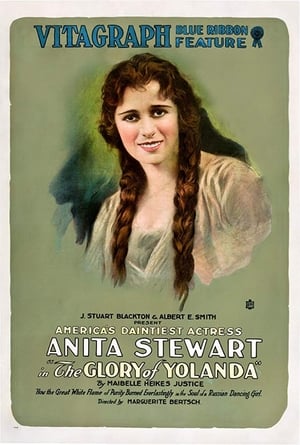Overview
Wealthy Tasnády György, unable to find joy amid the city’s postwar poverty, becomes enchanted by the delicate hand that feeds white doves in a grim neighborhood window. Tracking down the owner, professor Bartha’s gentle niece Erzsi, he befriends the family, overcomes his own loneliness and restores hope to both their lives.

 Hungarian
Hungarian
 0
0
 1923
1923
 Hungary
Hungary














